
The Year in Wrecks, Lost Ships, and Underwater Discoveries
From unexpected treasure in Ukraine to a unique relic of the American Revolution, Captain Santa’s lost ship to digital dugouts.
Few archaeological finds are as evocative as shipwrecks. Consider a leaning, rusty hull on an empty beach as a cold wind whistles through a gash in its stern, or a mussel-encrusted prow emerging from the depths in the eerie glow of a submersible’s spotlight, or a diver surveying a perfectly preserved vessel, centuries-old, resting upright on the seafloor. All of these scenes speak of final voyages, but perhaps the most affecting shipwrecks are the ones that have not yet been found, leaving the last chapters of their crew, passengers, and cargo unwritten.
With the discovery of a wreck, marine archaeologists scramble to document, preserve, and retrieve artifacts—and, sometimes, figure out what exactly they’re looking at. This year, we dove in with researchers and passionate citizen scientists around the world, from the Indian Ocean to New England’s Lake Champlain, from war-torn Ukraine to Wisconsin’s woodlands, to learn what lies beneath.
Is There Sunken Treasure Beneath the Treacherous Currents of Hell Gate?
by Joaquim Salles
Hell Gate, a narrow channel just east of Manhattan, has claimed hundreds of ships whose captains dared to use the treacherous waterway as a shortcut. In 1780, HMS Hussar became one of its victims, and went down—allegedly—loaded with British gold. In the centuries since, the quest for the lost treasure has attracted technological innovators, salvage specialists, and a whole host of fast-talking flim-flammers.
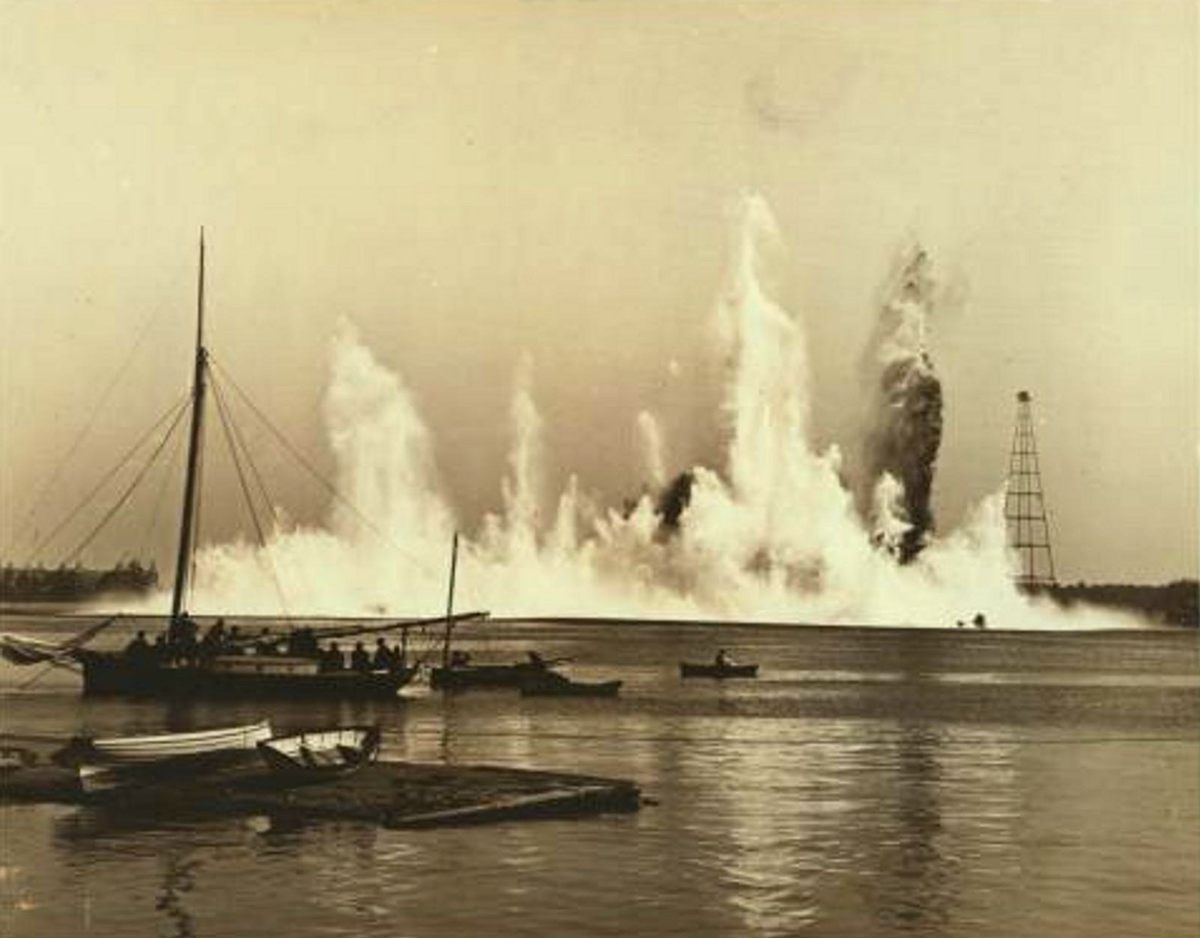
The Kakhovka Dam Disaster Revealed an Archaeological ‘Goldmine’
by Roman Cherevko
As war in Ukraine raged on this year, the destruction of a key dam in the country’s south was particularly catastrophic. Explosions that tore open the Kakhovka Dam on the Dnipro River unleashed a massive flood, destroying livestock and crops, inundating villages, cutting power to thousands, and swallowing fragile ecosystems that may never recover. But upriver of the dam, as its reservoir emptied, a man walking on a newly exposed beach stumbled upon the hull of an ancient ship half-buried in the sand. Amid the upheaval and uncertainty of war, the discovery would provide an unexpected and much-needed glimmer of positive news: An important but little-documented chapter of Ukraine’s history, submerged by the Soviet-era dam, is at last coming to light.
The ‘Christmas Tree Boat’ Shipwreck That Devastated 1912 Chicagoans
by Jonathan Feakins
The Great Lakes can be as treacherous as any ocean—no surprise, as they’re often considered inland seas—and have claimed countless boats and ships over the centuries. Only one of those vessels carried “Captain Santa,” however, and thousands of Christmas trees destined for Chicago. When the ship, Rouse Simmons, failed to arrive in port in 1912, rumors spread. Decades after the mystery was solved, a new Christmas tree boat tradition began in honor of Captain Santa and others lost to Lake Michigan.


How Did a Medieval Spice Cabinet Survive 500 Years Underwater?
by Line Sidonie Talla Mafotsing
Occasionally, what’s preserved in a wrecked hull after centuries can astonish even the experts. So it was with 15th-century Danish warship Gribshunden, which sank off the coast of Sweden after catching fire. This was no ordinary military vessel; it was a royal flagship, loaded with luxury items including a massive sturgeon destined for a banquet. This year, researchers shared a trove of more culinary cargo found in the wreck: precious saffron, black pepper, cloves, and other expensive spices that had somehow survived half a millennium in the Baltic Sea.
The Hunt for an Elusive Florida Shipwreck That Killed 41 Enslaved People
by Karuna Eberl
More than 12 million people were transported against their will, in deplorable conditions, from Africa to the Americas during the centuries-long transatlantic slave trade. An unknown number of these enslaved people lost their lives at sea. Efforts such as the Slave Wrecks Project have located some lost slave ships, including the São José Paquete D’Africa, which sank near Cape Town. But other wrecks have remained undiscovered. One, the pirate ship Guerrero, which took the lives of 41 enslaved people when it sank in 1827, became one man’s obsession. And that obsession turned into a movement: Master diver Ken Stewart cofounded an organization that searches for slave ships—and teaches young people both how to dive and why this chapter of our history needs to be brought to the surface.

The Batavia’s Tale of Mutiny and Murder Gets a New Chapter
by Chris Baraniuk
Nearly 400 years ago, off the coast of Western Australia, the Dutch ship Batavia smacked into a reef. Many of its 340-plus passengers drowned trying to swim to a small island nearby. For those who made it to shore, the nightmare was just beginning. Without water or a food source, torn apart by a violent mutiny, scores of survivors of the initial wreck were terrorized and murdered. Thanks to the dedicated work of a forensic anthropology team, the remains of at least some of the victims may soon be identified by name.
Benedict Arnold’s Lake Champlain Gunboat Is the Last Shipwreck of Its Kind
by Hope Hedge Seck
Before his name became synonymous with betrayal, Benedict Arnold was a heroic strategist. His bold decisions during the Battle of Valcour Island on Lake Champlain in 1776 bought the young Continental Army much-needed time to prepare for a larger British campaign. Among the events at Valcour was the scuttling of a few of the American vessels, including the gunboat Spitfire. Found more than 200 years after it sank, Spitfire is the last remaining intact shipwreck from the American Revolution. Now it’s facing a new fight: Invasive mussels, which have overwhelmed many fragile wreck sites in the Great Lakes, are spreading eastward, moving closer to Lake Champlain each year.

Dugout Canoes, the ‘Pickup Trucks’ of Their Day, Go Digital in Wisconsin
by Susan Cosier
Sometimes, a sunken boat isn’t quite what it seems. For millennia, across the Upper Midwest, Indigenous people carved watercraft out of a single tree and used these dugout canoes to transport people and goods up and down the region’s waterways. Many of these dugouts were intentionally sent to the bottom of a lake before each winter: The water protected them from drying out in the dry, frigid air. Not all of the canoes were raised after the thaw. Just in the state of Wisconsin, dozens of dugouts, up to 4,000 years old, have been found. Some sit in museums, but many more remain submerged. All are fragile and at risk of being lost, so researchers are now in a race to preserve them virtually.

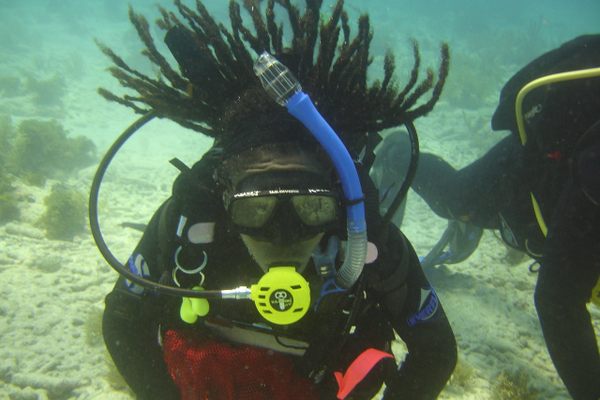
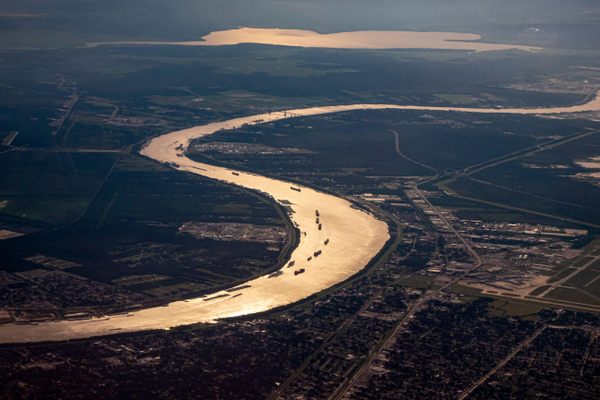
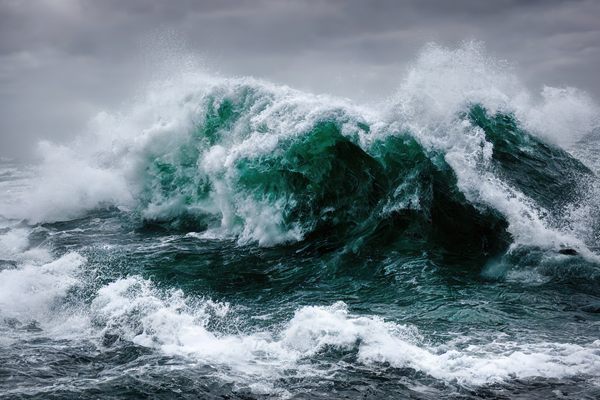
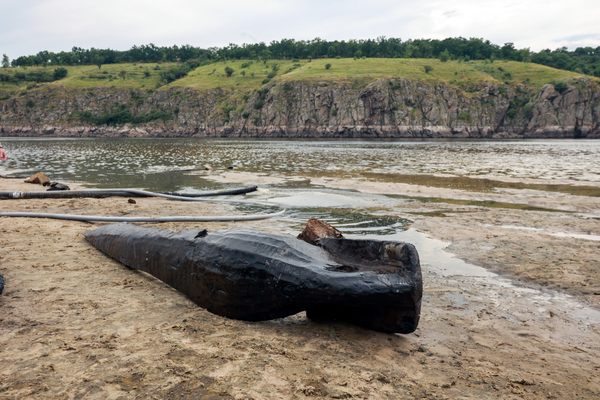
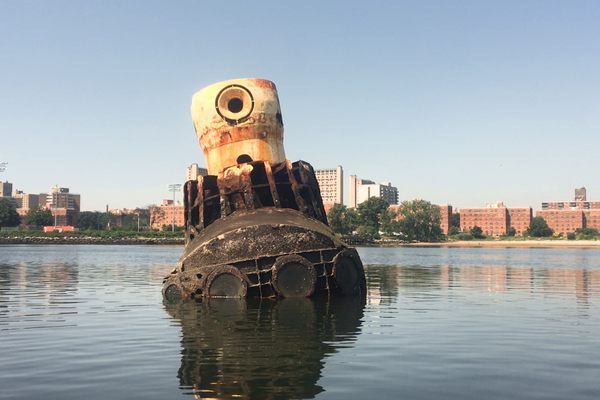
















Follow us on Twitter to get the latest on the world's hidden wonders.
Like us on Facebook to get the latest on the world's hidden wonders.
Follow us on Twitter Like us on Facebook